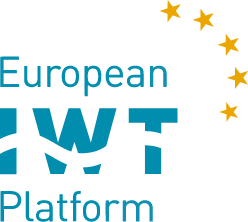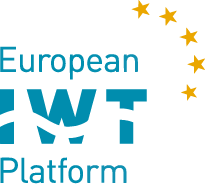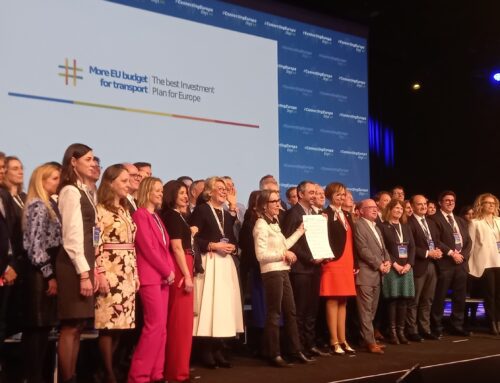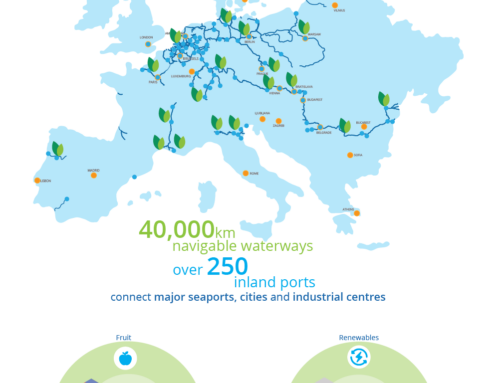What prerequisites must be met before inland vessels can operate unmanned in the future? The TITUS Research GmbH-initiated research project DataSOW2, which was just begun, is looking into this issue. The Federal Ministry of Digital Affairs and Transport has allocated a total of 400,000 Euros to the project as part of the mFUND innovation initiative.
In order to navigate safely without a driver, an unmanned vehicle on the road can already make extensive use of the data that is already available. The data situation is still relatively sparse on the water, particularly in interior navigation. A significant obstacle for autonomous ships in the future will come from the expanding number of transit users on the water and their diverse range, from SUPs to cargo freighters.
Closing data gaps is the goal of the research effort.
TITUS Research GmbH has given itself the job of increasing the database already produced in the earlier project DataSOW1 with its research project “DataSOW2.” DataSOW2 attempts to gather information about moving and transient things found on or in the water, as opposed to DataSOW1, which concentrated on static infrastructure items like locks, bridges, and navigational markers. For instance, this covers construction sites and downed trees in addition to ships, pleasure boats, and swimmers. This involves expanding the TITUS research boat’s current sensor platform.
On several measurement and test trips along the Spree-Oder-Wasserstraße (SOW) and the Elbe-Lübeck-Kanal (ELK), the data will be gathered before being made public. “With the acquired data, we can train AI models for the identification, classification, and tracking of mobile and transient objects in the water accordingly,” says project manager Ira Hüppe. We also want to determine how well the data can be combined with information from other sources”.
Avoiding collisions with artificial intelligence
One of the project’s objectives is to use an open platform to make the gathered data accessible as a live map. The TITUS research team also hopes to develop the necessary components for a collision-avoidance assistance system. This ought to be a significant step in the direction of autonomous inland navigation.






